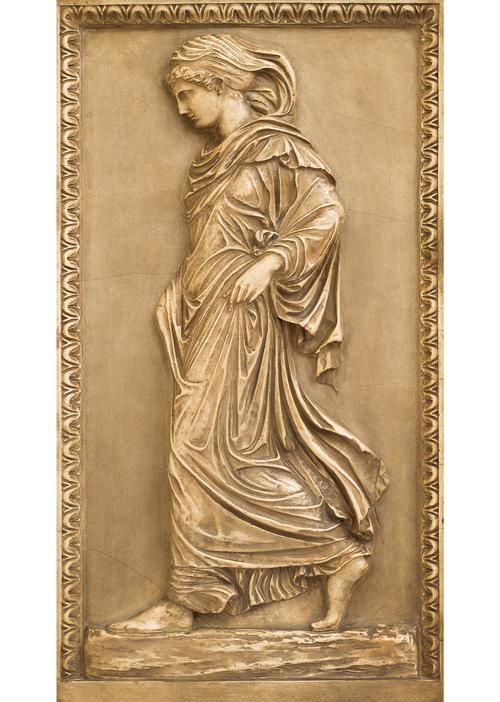introduction
Gradiva: Tracing the Pathways of Archaeological Desire
Freud commissioned a cast-relief of a woman walking, known as ‘Gradiva’, after seeing the original in the Vatican Museums in 1907. In the same year, he published his first book-length analysis of a literary text, Wilhelm Jensen’s, Gradiva: A Pompeian Fantasy. In Jensen’s novel, the hero Norbert Hanold falls in love with a copy of the same relief, and in a state of delusion, finds himself travelling to Pompeii to find the girl whom the relief represents. The novel concludes with Hanold’s discovery that the identity of the original ‘Gradiva’ is none other than Zoe Bertgang, a childhood friend who lives across the street from him in his hometown.
For Freud, Jensen’s text was full of psychoanalytic insights. Hanold’s youthful erotic feelings for his neighbour had undergone repression through his studies in archaeology. The relief of ‘Gradiva’ offered a ‘compromise formation’ satisfying both the demands of his libido and his research. Jensen’s account of his hero’s dreams gave Freud an opportunity to demonstrate his new dream-interpretation theory and to describe the working of unconscious desire. And crucially, the way Zoe brings Hanold back to reality in the novel became, for Freud, a paradigm of the psychoanalytic cure.
The fact that Hanold (re)discovers his sexual desire in Pompeii is particularly significant. Naples and the surrounding area represented sexual liberation for many Northern European travellers, who could fantasise about a time before Christian renunciation. The excavations of Herculaneum and Pompeii unearthed numerous phallic artefacts as well as paintings of the fertility god Priapus and scenes depicting sexual intercourse. But Freud’s analysis of Jensen’s text uncovers another, specifically archaeological, fantasy; the fantasy of recovering the ‘authentic’, unmediated past.

Cast relief of ‘Gradiva’
European, 1908